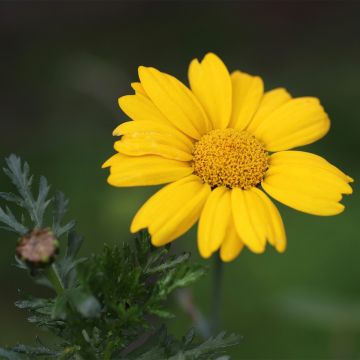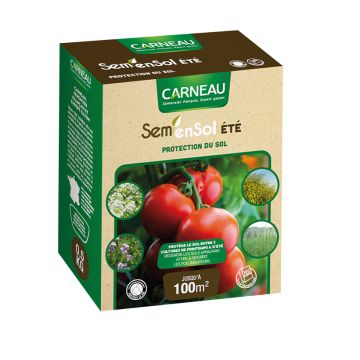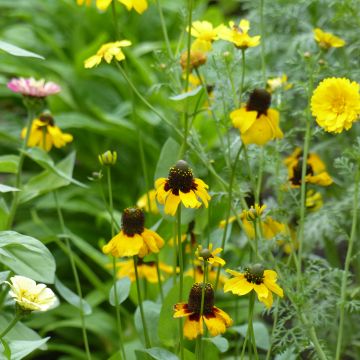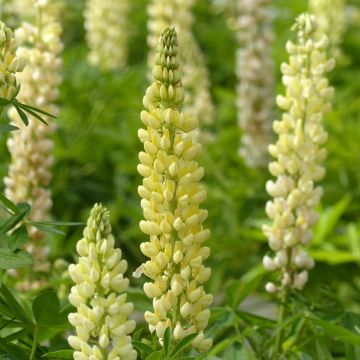

Chrysanthemum Summer Festival
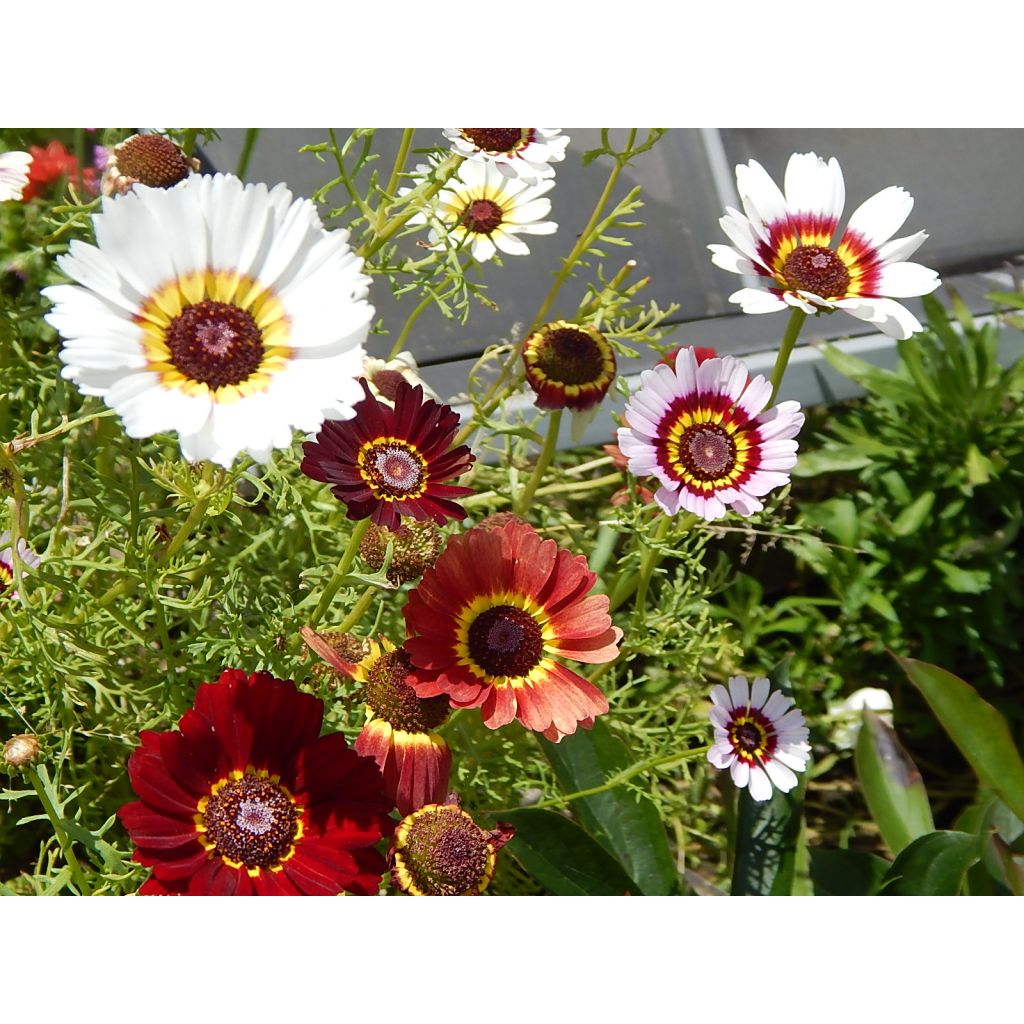

Summer Festival Keel Chrysanthemum - Chrysanthemum carinatum seeds
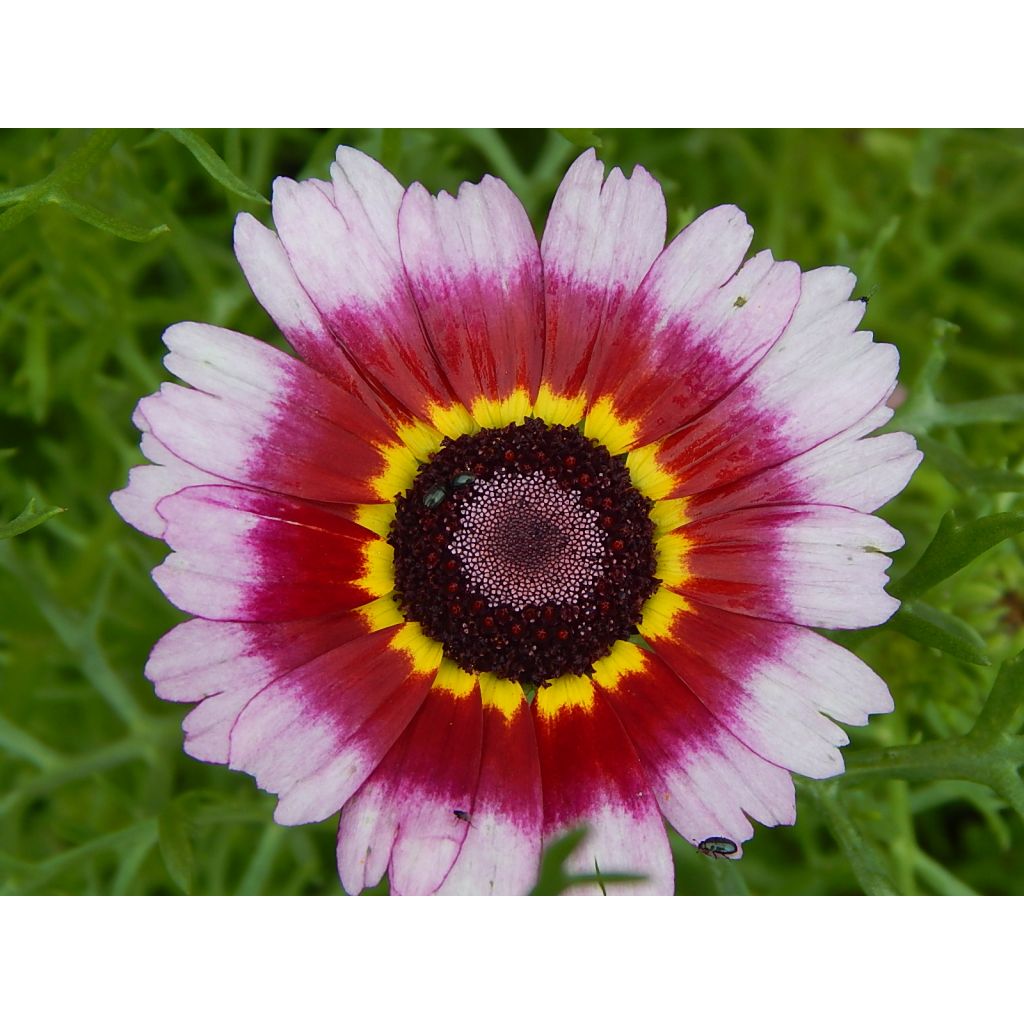

Summer Festival Keel Chrysanthemum - Chrysanthemum carinatum seeds
Summer Festival Keel Chrysanthemum - Chrysanthemum carinatum seeds
Chrysanthemum carinatum Summer Festival
Daisy
A rainbow of colour
audrey, 28/01/2017
Why not try an alternative variety in stock?
View all →This plant carries a 6 months recovery warranty
More information
We guarantee the quality of our plants for a full growing cycle, and will replace at our expense any plant that fails to recover under normal climatic and planting conditions.
Seed-only orders are dispatched by sealed envelope. The delivery charge for seed-only orders is €3.90.
Does this plant fit my garden?
Set up your Plantfit profile →
Description
The Centaurea cyanus Classic Fantastic, also known as Cornflower or Bluebeard, is a mix of blue and white flowers, sometimes bicolored, single or semi-double. Resembling this adorable annual weed that was once so widespread in our countryside, wandering into cereal fields, they create a somewhat naive but unforgettable picture. Very decorative in large clumps in flower beds, these flowers are perfect in wild bouquets, and the plants bloom for months if you take care to remove faded flowers. They appreciate full sun, fertile and well-drained soil.
The cornflowers in the Classic Fantastic mix belong to the Asteraceae family. It is a selection of cultivars derived from Centaurea cyanus, an annual herbaceous plant native to Europe and northern Asia, long considered an invasive adventive in cereal crops, but one of the most beautiful wild flowers in our regions. It forms an upright clump with weak stems, 65 cm (25.6 in) tall and 30 cm (11.8 in) wide, bearing very narrow and long grayish-green leaves. It flowers from June to August, displaying single or semi-double inflorescences, 3 cm (1.2 in) in diameter. The Ligules (or petals of the crown) have toothed tips, ranging from pure white to deep and bright azure blue. Some flowers are bicolored, both white and blue. The center of the inflorescence is composed of violet florets. This flowering is highly attractive to bees and nectar-feeding insects.
Centaureas enchant flower beds and borders, where they create remarkable spots of color. The 'Classic Fantastic' mix, delightful descendants of the most famous among them, brings the charm of the countryside to our gardens. Sow it in slightly wild flower beds; it will be sublime alongside ornamental grasses like Stipa tenuifolia or Mulhenbergia capillaris, catmints, with pink Damask Nigellas, California poppies, and purple centaureas. The edible flowers can be used to decorate summer salads. It is also an excellent cut flower.
Report an error about the product description
Flowering
Foliage
Plant habit
Botanical data
Chrysanthemum
carinatum
Summer Festival
Asteraceae
Daisy
Cultivar or hybrid
Other Chrysanthemum seeds
Planting and care
Sow the Chrysanthemum carènes in March-April directly in a sunny spot. Prepare the soil well beforehand and add some compost to it. Sow your seeds by broadcasting them. Cover the seeds by sprinkling some compost on top, lightly tamp it down and water it generously with a fine rain.
The growth is rapid. Once the plants have reached a height of 5 cm (2 in), thin out the rows a little. Optionally, transplant some of them into pots or another bed.
Remove faded flowers to promote flowering renewal.
Sowing period
Intended location
-
, onOrder confirmed
Reply from on Promesse de fleurs
Flower seeds
Haven't found what you were looking for?
Hardiness is the lowest winter temperature a plant can endure without suffering serious damage or even dying. However, hardiness is affected by location (a sheltered area, such as a patio), protection (winter cover) and soil type (hardiness is improved by well-drained soil).

Photo Sharing Terms & Conditions
In order to encourage gardeners to interact and share their experiences, Promesse de fleurs offers various media enabling content to be uploaded onto its Site - in particular via the ‘Photo sharing’ module.
The User agrees to refrain from:
- Posting any content that is illegal, prejudicial, insulting, racist, inciteful to hatred, revisionist, contrary to public decency, that infringes on privacy or on the privacy rights of third parties, in particular the publicity rights of persons and goods, intellectual property rights, or the right to privacy.
- Submitting content on behalf of a third party;
- Impersonate the identity of a third party and/or publish any personal information about a third party;
In general, the User undertakes to refrain from any unethical behaviour.
All Content (in particular text, comments, files, images, photos, videos, creative works, etc.), which may be subject to property or intellectual property rights, image or other private rights, shall remain the property of the User, subject to the limited rights granted by the terms of the licence granted by Promesse de fleurs as stated below. Users are at liberty to publish or not to publish such Content on the Site, notably via the ‘Photo Sharing’ facility, and accept that this Content shall be made public and freely accessible, notably on the Internet.
Users further acknowledge, undertake to have ,and guarantee that they hold all necessary rights and permissions to publish such material on the Site, in particular with regard to the legislation in force pertaining to any privacy, property, intellectual property, image, or contractual rights, or rights of any other nature. By publishing such Content on the Site, Users acknowledge accepting full liability as publishers of the Content within the meaning of the law, and grant Promesse de fleurs, free of charge, an inclusive, worldwide licence for the said Content for the entire duration of its publication, including all reproduction, representation, up/downloading, displaying, performing, transmission, and storage rights.
Users also grant permission for their name to be linked to the Content and accept that this link may not always be made available.
By engaging in posting material, Users consent to their Content becoming automatically accessible on the Internet, in particular on other sites and/or blogs and/or web pages of the Promesse de fleurs site, including in particular social pages and the Promesse de fleurs catalogue.
Users may secure the removal of entrusted content free of charge by issuing a simple request via our contact form.
The flowering period indicated on our website applies to countries and regions located in USDA zone 8 (France, the United Kingdom, Ireland, the Netherlands, etc.)
It will vary according to where you live:
- In zones 9 to 10 (Italy, Spain, Greece, etc.), flowering will occur about 2 to 4 weeks earlier.
- In zones 6 to 7 (Germany, Poland, Slovenia, and lower mountainous regions), flowering will be delayed by 2 to 3 weeks.
- In zone 5 (Central Europe, Scandinavia), blooming will be delayed by 3 to 5 weeks.
In temperate climates, pruning of spring-flowering shrubs (forsythia, spireas, etc.) should be done just after flowering.
Pruning of summer-flowering shrubs (Indian Lilac, Perovskia, etc.) can be done in winter or spring.
In cold regions as well as with frost-sensitive plants, avoid pruning too early when severe frosts may still occur.
The planting period indicated on our website applies to countries and regions located in USDA zone 8 (France, United Kingdom, Ireland, Netherlands).
It will vary according to where you live:
- In Mediterranean zones (Marseille, Madrid, Milan, etc.), autumn and winter are the best planting periods.
- In continental zones (Strasbourg, Munich, Vienna, etc.), delay planting by 2 to 3 weeks in spring and bring it forward by 2 to 4 weeks in autumn.
- In mountainous regions (the Alps, Pyrenees, Carpathians, etc.), it is best to plant in late spring (May-June) or late summer (August-September).
The harvesting period indicated on our website applies to countries and regions in USDA zone 8 (France, England, Ireland, the Netherlands).
In colder areas (Scandinavia, Poland, Austria...) fruit and vegetable harvests are likely to be delayed by 3-4 weeks.
In warmer areas (Italy, Spain, Greece, etc.), harvesting will probably take place earlier, depending on weather conditions.
The sowing periods indicated on our website apply to countries and regions within USDA Zone 8 (France, UK, Ireland, Netherlands).
In colder areas (Scandinavia, Poland, Austria...), delay any outdoor sowing by 3-4 weeks, or sow under glass.
In warmer climes (Italy, Spain, Greece, etc.), bring outdoor sowing forward by a few weeks.







































